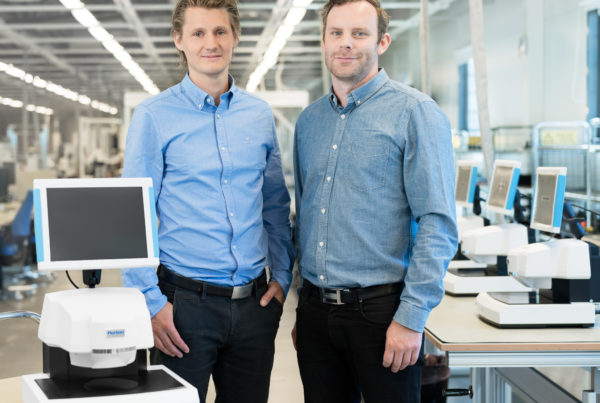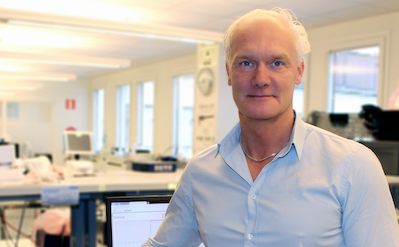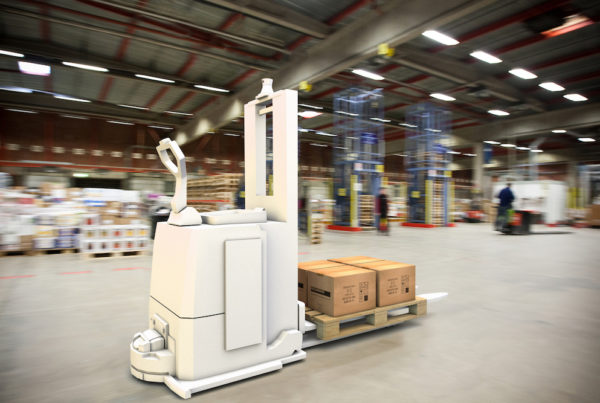Optronic has played a part in the development of DeLaval’s Voluntary Milking System (VMS) – a technological achievement that brings freedom to farmers around the world. Instead of dairy farmers having to spend countless hours milking the cows, the robotic milking system handles the job perfectly.
“It’s fully automated,” says Ola Markusson, Research- and Development Manager for the VMS at DeLaval. “For farmers, that means less dependence on hired labour and a business that is easier to manage.”
The VMS is an impressive construction which allows cows to voluntarily enter a milking station, where an agile hydraulic robotic arm, two laser sensors and an image processing system enable precise and quick teat detection.
Involved from the start, Optronic is now continuing to work on further development of the sensors, with representatives functioning as product and project managers. The long-standing and successful business relationship also means that there has been time to establish an efficient working model. A key part of the process is gaining knowledge of the different types of technologies and challenges related to the robotic milking system as a whole.
“Our working model is a result of the nature of the VMS where all technology has to be adapted to the cows,” says Markusson. “The sensors must function both with the robotic arm as well as the image processing software, making them mutually dependent. We have made positive progress in understanding our respective positions, which I see as a prerequisite for effective development.”
The primary markets for DeLaval’s VMS are farms in countries in Western Europe. More often than not clients purchase two VMS systems, reflecting the size of their dairy farms.





